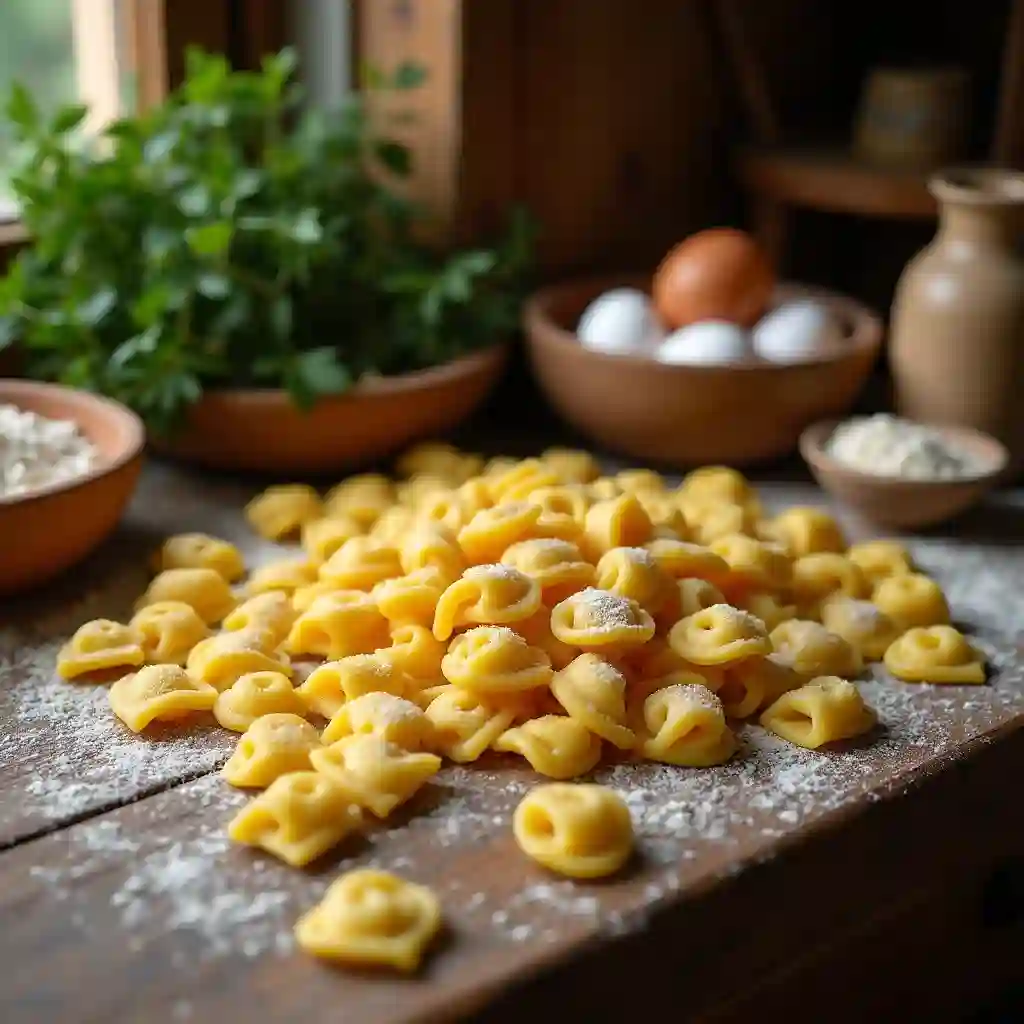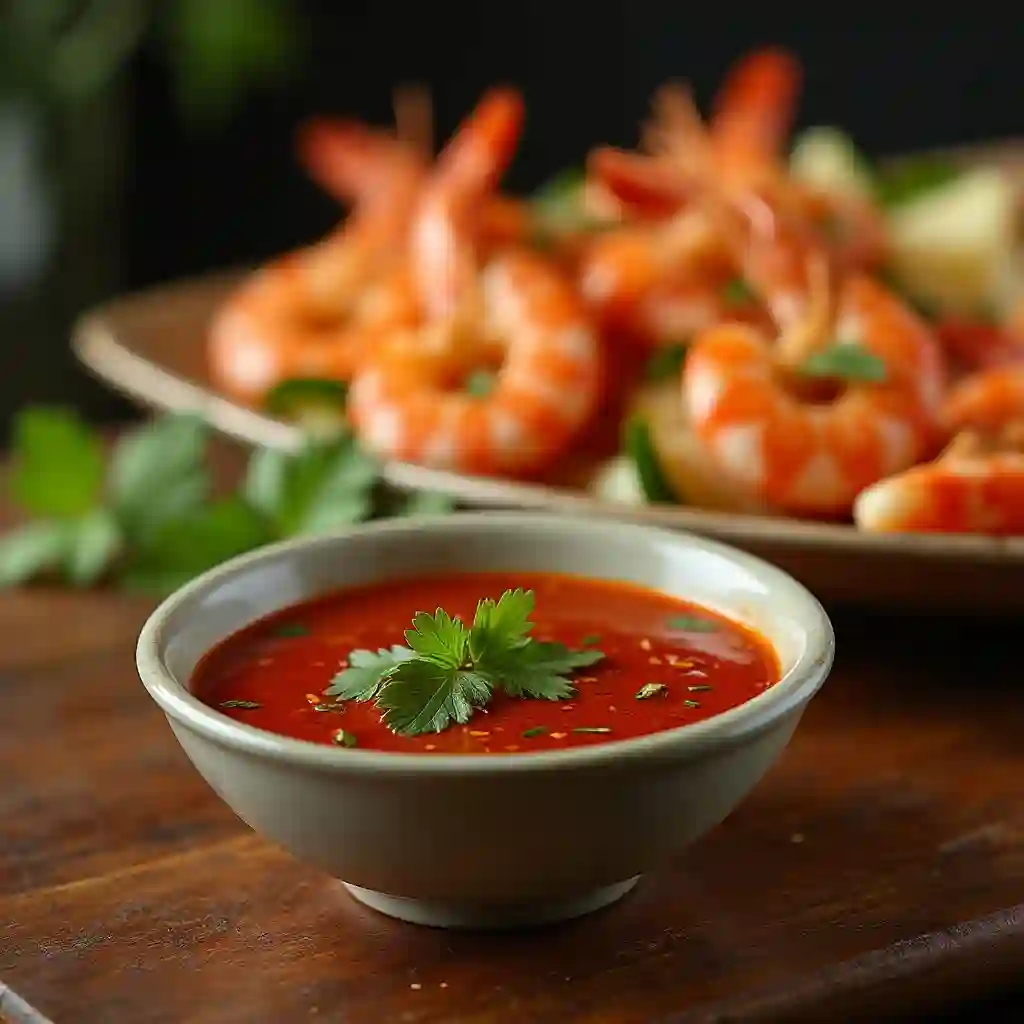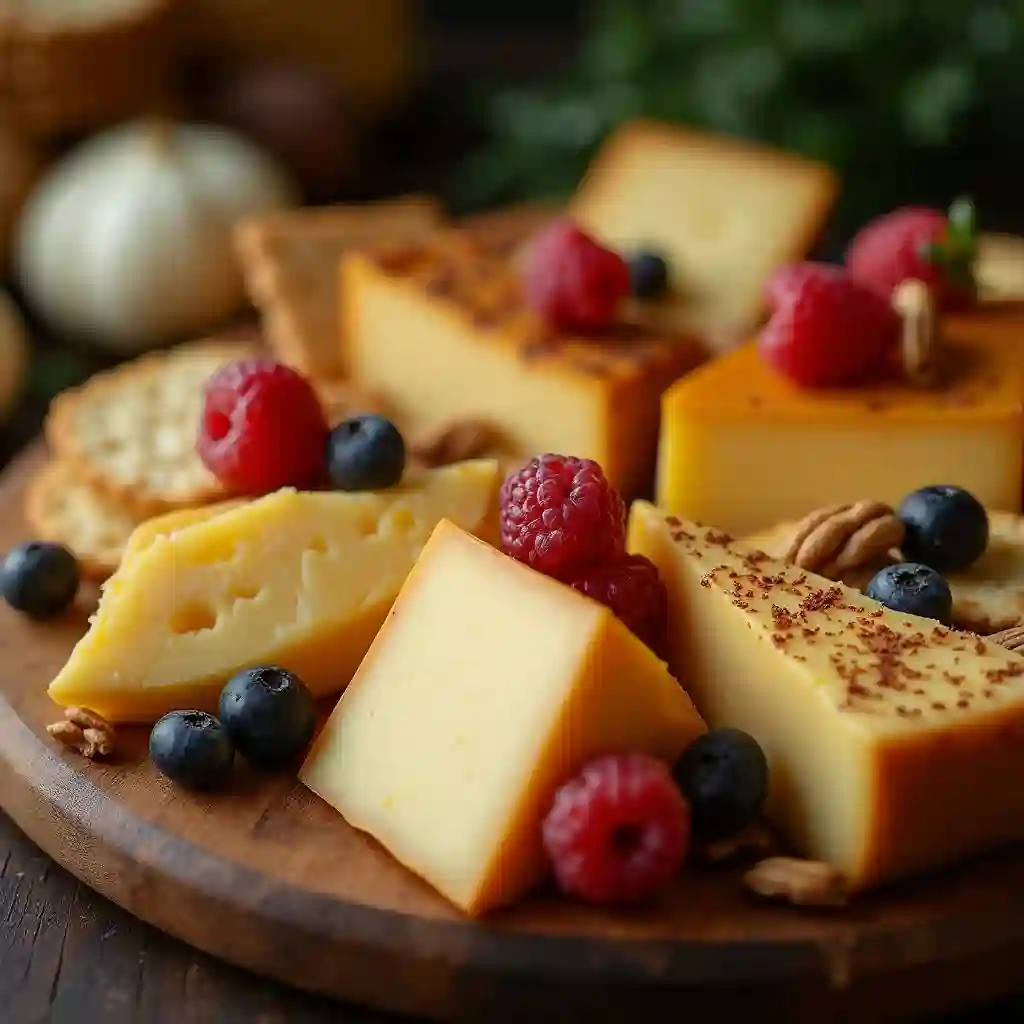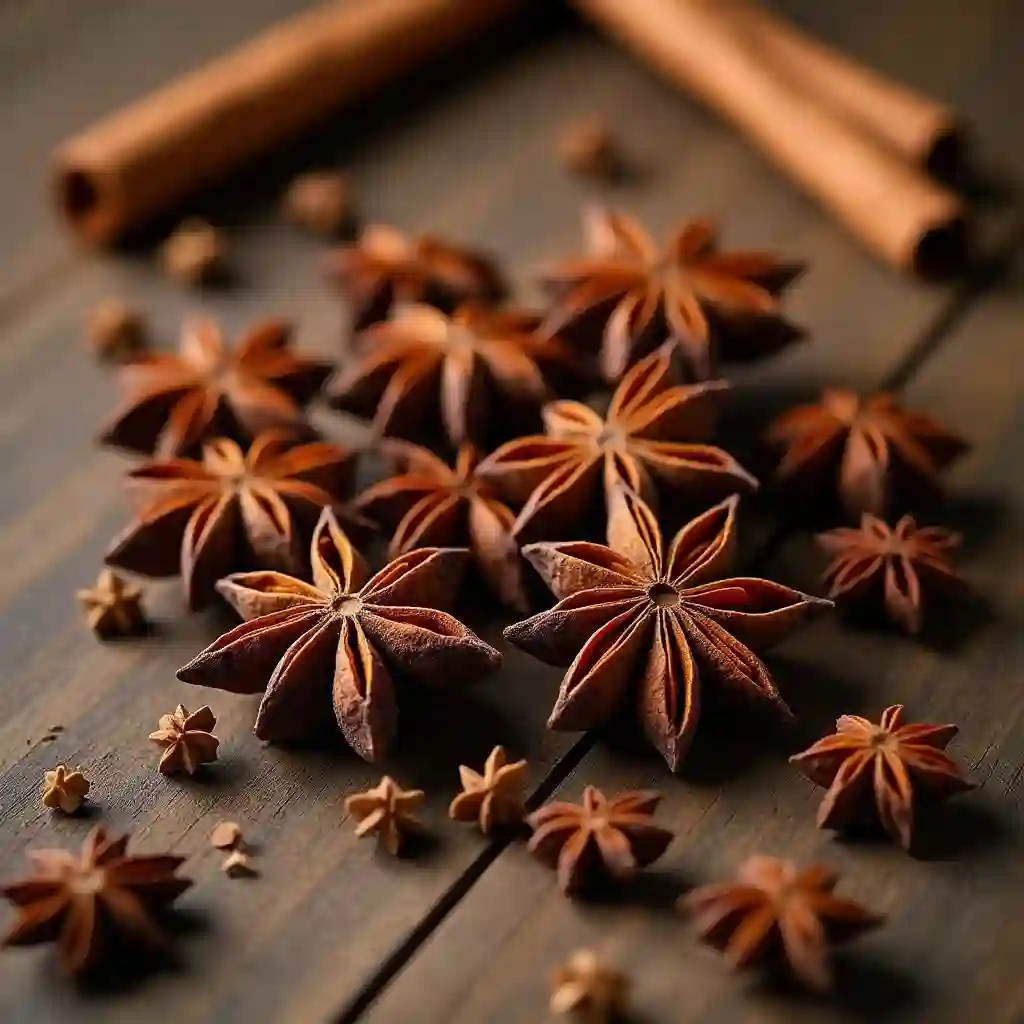Cavatelli, a beloved Italian pasta, is more than just a dish—it’s a cultural experience. With its unique shape and hearty texture, cavatelli has been a staple in Southern Italian kitchens for centuries. Whether you’re a pasta enthusiast or a curious foodie, this guide will take you on a journey through the history, preparation, and versatility of cavatelli. From its humble origins to modern-day recipes, you’ll discover why this pasta has stood the test of time. Ready to dive in? Let’s start by exploring what makes cavatelli so special.
What is This Italian Pasta? A Deep Dive
The Origins of a Southern Italian Classic
Cavatelli’s story begins in the sun-drenched regions of Southern Italy, where semolina flour and fresh water were staples of everyday life. This handmade pasta was born out of necessity, crafted by resourceful cooks who transformed simple ingredients into something extraordinary. Over time, cavatelli became a symbol of Southern Italian heritage, often served during festivals and family gatherings. Its name, derived from the Italian word cavare (meaning “to hollow”), perfectly describes its signature shape—a small, shell-like indentation that holds sauces beautifully.
What Makes It Unique?
What sets cavatelli apart from other pasta types is its texture and versatility. Made primarily from semolina flour and water (sometimes with a touch of ricotta), this pasta has a slightly chewy, dense consistency that pairs perfectly with both light and hearty sauces. Unlike smoother pasta shapes, cavatelli’s ridges and hollows are designed to trap sauces, ensuring every bite is bursting with flavor.
How It Compares to Other Pasta Types
If you’ve ever wondered how cavatelli stacks up against other pasta, you’re not alone. While it’s often compared to gnocchi, the two are quite different. Gnocchi is made with potatoes and flour, giving it a softer texture, whereas cavatelli relies on semolina flour for a firmer bite. Similarly, cavatelli is sometimes confused with cavatappi, but the latter is a corkscrew-shaped pasta that’s machine-made, unlike the handmade charm of cavatelli.
In short, cavatelli is a pasta that stands out for its simplicity, versatility, and deep connection to Italian culinary traditions. Whether you’re enjoying it in a rustic Italian village or making it in your own kitchen, cavatelli is a pasta that truly speaks to the soul.
How to Make It from Scratch
Essential Ingredients for Homemade Pasta
Making cavatelli from scratch is easier than you might think, and it all starts with the right ingredients. The star of the show is semolina flour, a coarse flour made from durum wheat that gives cavatelli its signature texture. You’ll also need water—preferably lukewarm—to bind the dough. For a richer flavor, some recipes call for ricotta cheese, which adds a subtle creaminess to the pasta. That’s it! With just a few simple ingredients, you’re ready to create a dish that’s both delicious and deeply satisfying.
Step-by-Step Guide to Making the Dough
First, combine semolina flour and a pinch of salt in a large mixing bowl. Gradually add water, mixing with your hands until the dough comes together. Knead the dough for about 10 minutes until it’s smooth and elastic. If the dough feels too dry, add a splash of water; if it’s too sticky, sprinkle in a bit more flour. Once the dough is ready, cover it with a clean kitchen towel and let it rest for 30 minutes. This resting period allows the gluten to relax, making the dough easier to shape.
Shaping Cavatelli: Traditional and Modern Methods

Now comes the fun part—shaping the cavatelli! Traditionally, a cavatelli board or gnocchi paddle is used to create the pasta’s signature ridges. Simply roll small pieces of dough into ropes, cut them into bite-sized pieces, and press each piece against the board with your thumb to create a hollow shape. Don’t have a cavatelli board? No problem! You can use the back of a fork or even shape the dough by hand. The key is to create those little ridges that will hold onto your sauce.
Cooking it to Perfection
Once your cavatelli is shaped, it’s time to cook it. Bring a large pot of salted water to a boil, then add the pasta. Fresh cavatelli cooks quickly—usually in about 3 to 5 minutes—so keep an eye on it. You’ll know it’s done when it floats to the surface and has a tender yet firm bite (al dente). Drain the pasta, reserving a bit of the cooking water to help thicken your sauce. And there you have cavatelli —homemade cavatelli ready to be dressed up with your favorite toppings!
Popular Recipes to Try at Home
Classic Dish with Broccoli Rabe and Sausage
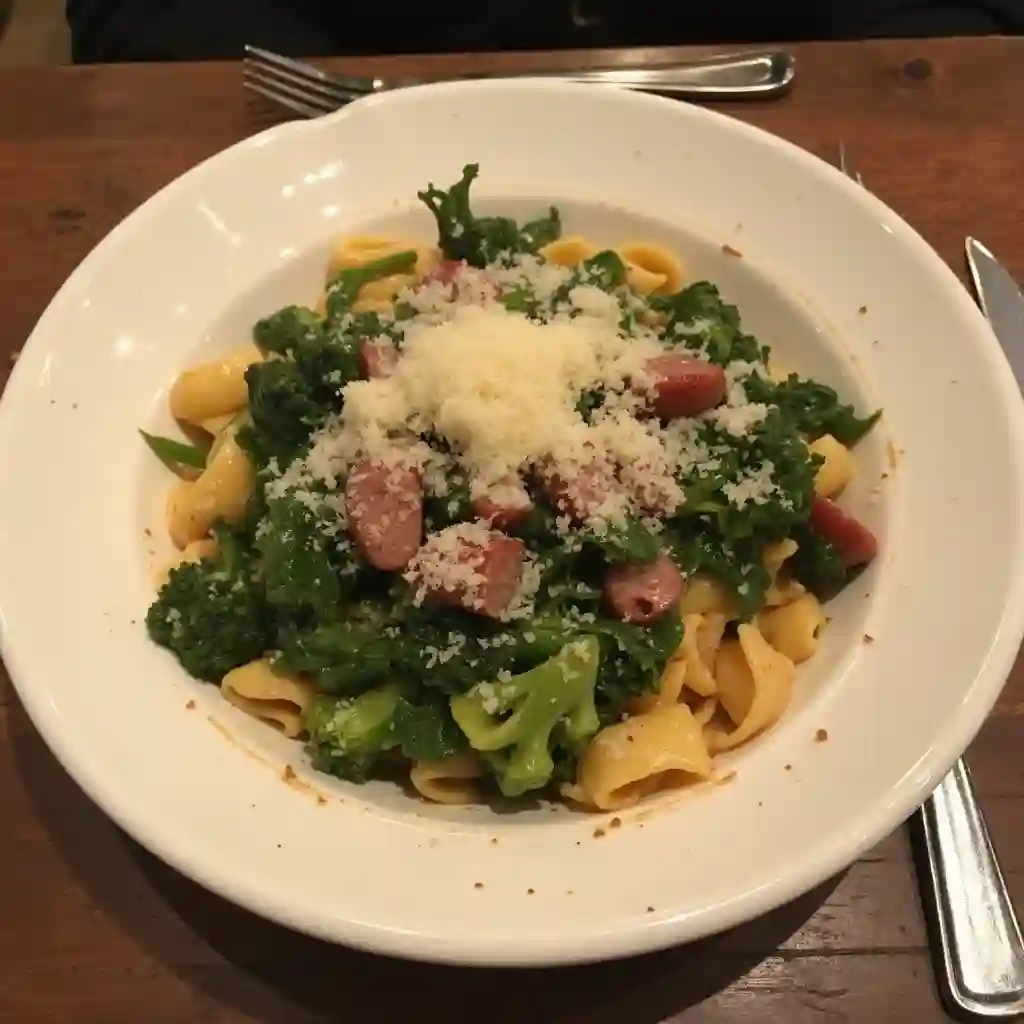
This Southern Italian favorite combines the earthy bitterness of broccoli rabe with the savory richness of sausage. Start by sautéing garlic and chili flakes in olive oil, then add sliced Italian sausage and cook until browned. Toss in the broccoli rabe and cook until tender. Finally, add the cooked pasta and a splash of pasta water, tossing everything together until well-coated. Serve with a sprinkle of grated pecorino cheese for a meal that’s hearty and full of flavor.
Creamy Ricotta and Tomato Sauce Variation
For a creamy, comforting dish, try this pasta with ricotta and tomato sauce. Begin by making a simple tomato sauce: sauté onions and garlic in olive oil, then add canned tomatoes, salt, and a pinch of sugar. Let the sauce simmer for 20 minutes, then stir in fresh ricotta cheese. Toss the cooked pasta in the sauce, adding it water as needed to create a silky texture. cavatelli is perfect for a cozy family dinner and pairs beautifully with a glass of red wine.
Hearty Mushroom and Cream Sauce
If you’re a fan of mushrooms, you’ll love this rich, creamy sauce made with sautéed mushrooms, garlic, and a splash of white wine. Add heavy cream and Parmesan cheese to the sauce, then toss in the cooked pasta. The result is a decadent, restaurant-worthy meal that’s sure to impress. For an extra touch of luxury, top with truffle oil or fresh herbs.
Modern Twists on Traditional Recipes
Why not get creative with this classic pasta? Try incorporating it into fusion dishes like carbonara, where it’s coated in a creamy egg and cheese sauce with crispy pancetta. Or, for a lighter option, toss it with roasted vegetables and a lemony vinaigrette. If you’re catering to dietary restrictions, experiment with gluten-free or vegan versions of the dough. The possibilities are endless, and this dish is the perfect canvas for your culinary creativity.
Pairing It with Sauces and Ingredients
Best Sauces for This Pasta
When it comes to pairing sauces, cavatelli shines with both chunky and creamy options. A rich tomato-based sauce with garlic and herbs is a classic choice, while a creamy Alfredo sauce or a light pesto can highlight its chewiness. For something luxurious, try a seafood-based sauce with clams or shrimp.
Vegetable and Protein Pairings
This pasta is incredibly versatile, making it a great match for a variety of vegetables and proteins. Traditional pairings include broccoli rabe, spinach, and roasted red peppers. For protein, Italian sausage, pancetta, or grilled chicken work wonderfully. If you’re looking for something lighter, try tossing it with cherry tomatoes, zucchini, and a drizzle of olive oil.
Cheese: A Perfect Match
Cheese lovers, rejoice! cavatelli and cheese are a match made in culinary heaven. Ricotta, pecorino, and Parmesan are popular choices, whether mixed into the dough or sprinkled on top. For a decadent twist, try a four-cheese sauce with mozzarella, fontina, gorgonzola, and Parmesan. The creamy, tangy flavors will elevate your meal to a whole new level.
The Cultural Significance of This Italian Classic
A Staple in Italian Festivals and Traditions
In Southern Italy, this beloved dish is more than just a meal—it’s a celebration. Often taking center stage at festivals and family gatherings, it symbolizes togetherness and tradition. During holidays like Christmas and Easter, it’s common to find this pasta served with hearty sauces and shared among loved ones. These moments highlight its role in bringing people together and celebrating Italian heritage.
A Symbol of Southern Italian Heritage
This classic pasta is deeply rooted in the agricultural traditions of Southern Italy. Its simple ingredients—semolina flour and water—reflect the region’s resourcefulness and connection to the land. For many Italian families, making it is a cherished tradition passed down through generations. Stories of nonnas shaping the dough by hand are a testament to its enduring legacy.
Why It Holds a Special Place
What makes this dish so special is its ability to bridge the past and present. Whether enjoyed in a rustic Italian village or recreated in modern kitchens worldwide, it carries the essence of Italian culture. Its versatility and timeless appeal ensure that this pasta remains a beloved classic for generations to come.
FAQs About Cavatelli
What’s the Difference Between Gnocchi and Cavatelli?
While both gnocchi and cavatelli are small, bite-sized pastas, they’re quite different in terms of ingredients and texture. Gnocchi is typically made with potatoes and flour, giving it a softer, pillowy texture. On the other hand, cavatelli is made with semolina flour and water, resulting in a denser, chewier bite. Additionally, cavatelli has a distinctive hollow shape that’s perfect for holding sauces, whereas gnocchi is usually smooth or ridged.
What Do Italians Call Cavatelli?
In Italy, cavatelli is known by the same name, but regional variations exist. For example, in some parts of Southern Italy, it’s called cavatieddi or cavatelli ricci. These names often reflect slight differences in shape or preparation methods. Regardless of the name,it remains a beloved staple in Italian kitchens.
Understanding This Classic Italian Pasta
Cavatelli is a type of short, handmade pasta that falls under the category of pasta corta. Its small, shell-like shape and ridged texture make it ideal for hearty sauces. Unlike machine-made pastas, cavatelli is traditionally shaped by hand, giving it a rustic charm.
What is the Difference Between Cavatelli and Cavatappi?
Though their names sound similar, cavatelli and cavatappi are quite different. Cavatelli is a small, shell-shaped pasta made by hand, while cavatappi is a corkscrew-shaped pasta that’s typically machine-made. The two also differ in texture, with cavatelli being denser and cavatappi having a lighter, spiral shape.
Conclusion – Celebrating the Versatility of Cavatelli
Cavatelli is more than just pasta—it’s a celebration of tradition, creativity, and flavor. From its humble beginnings in Southern Italy to its modern-day adaptations, this versatile dish has captured the hearts of food lovers worldwide. Whether you’re making it from scratch or pairing it with your favorite sauce, cavatelli offers endless possibilities for delicious meals.
So, why not give it a try? Whip up a batch of homemade cavatelli, experiment with new recipes, and share the joy of this timeless pasta with your loved ones. After all, food is best when it’s made with love and shared with others. Buon appetito!
Tips for Storing and Reheating Cavatelli
How to Store Fresh Cavatelli
If you’ve made a big batch of cavatelli and want to save some for later, proper storage is key. First, let the pasta dry on a floured surface for about an hour. Then, place it in an airtight container or a resealable plastic bag. Fresh cavatelli can be stored in the fridge for up to 2 days or frozen for up to 3 months. To freeze, spread the pasta in a single layer on a baking sheet, freeze until solid, and then transfer to a freezer-safe bag.
Reheating Cavatelli Without Losing Flavor
Reheating cavatelli can be tricky, but with the right techniques, you can keep it tasting fresh. For boiled cavatelli, simply reheat it in a pan with a splash of water or sauce to prevent drying out. If you’re reheating a baked cavatelli dish, cover it with foil and warm it in the oven at 350°F (175°C) until heated through. Avoid microwaving, as it can make the pasta rubbery.
Global Adaptations of Cavatelli
Cavatelli in Modern Fusion Cuisine
While cavatelli is deeply rooted in Italian tradition, it has also found its way into fusion dishes around the world. For example, in the United States, chefs have paired cavatelli with bold flavors like buffalo chicken or barbecue sauce. In Asia, it’s been adapted into dishes with soy sauce, sesame oil, and stir-fried vegetables. These creative twists show just how versatile it can be.
Cavatelli’s Role in Global Food Culture
Beyond fusion cuisine, cavatelli has become a symbol of cultural exchange. As Italian immigrants brought their culinary traditions to new countries, cavatelli evolved to reflect local tastes and ingredients. Today, it’s not uncommon to find cavatelli on menus in restaurants from New York to Tokyo, each with its own unique spin.

